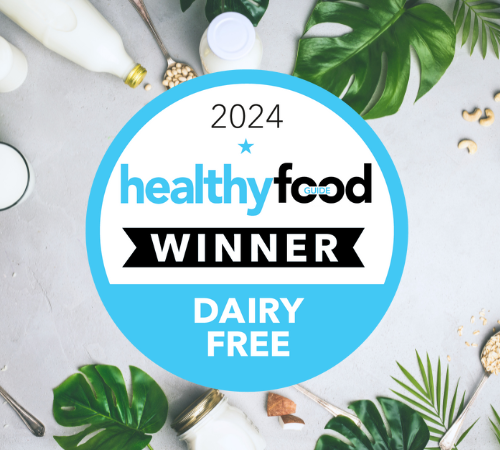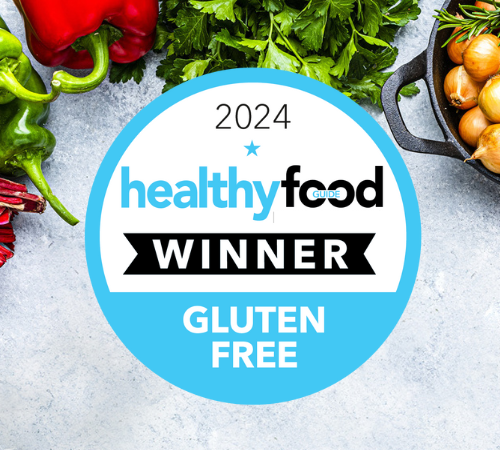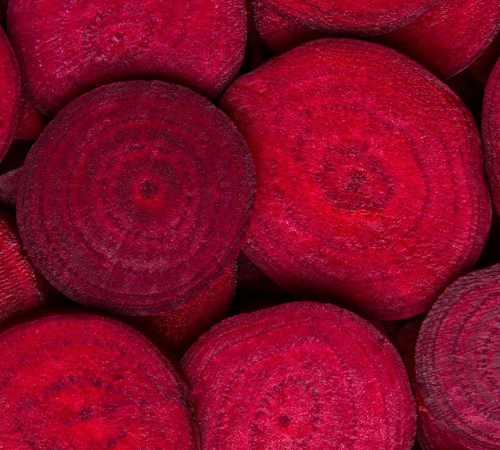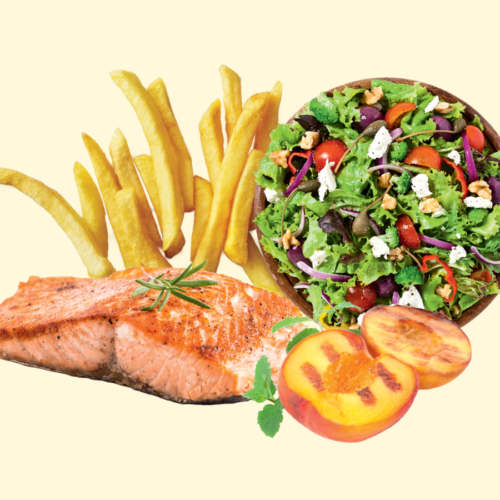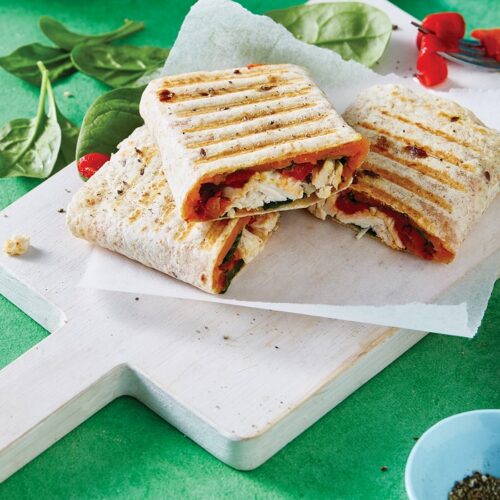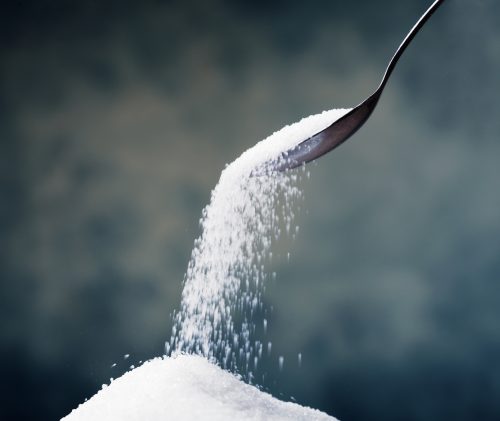
What would it take to bring in a sugary drinks tax? Food law specialists at Simpson Grierson investigate.
Governments around the world are beginning to impose taxes on sugary beverages, citing concerns around lifestyle diseases such as diabetes and obesity. New Zealand has yet to join countries, such as Britain, Ireland and a number of Pacific nations, in imposing the tax.
The idea is contentious and complex. Here are just some of the sticky questions legislators have to address:
What products might get taxed?
Defining the kinds of drinks subject to the tax is central to its implementation. Some products suggested for tax include:
• Packaged beverages with a free sugar content exceeding 5g per 100ml. These could include common drinks, such as fizzy drinks, cordial, fruit juice and flavoured milk.
• Any manufactured beverage with free sugars.
‘Free sugars’ include all sugars, such as such as glucose, fructose or sucrose, added to food by manufacturers and any sugars found in a syrup or extract. This includes natural sugars, such as honey and fruit juice, but not the natural sugar found in milk.
Some commentators have suggested milk products (with added sugars) or fruit juice should be excluded, based on their nutrition benefits, which are not present in other kinds of products, eg, standard fizzy drinks.
Where would the tax go?
Identifying what to direct any tax revenue towards is a major consideration for any government looking to implement a new tax.
Supporters have suggested contributing it to a wide range of causes that encourage healthy habits and address health concerns in our communities. Those could include better infrastructure to provide water in communal areas such as parks, introducing nutrition initiatives in schools and making funds available for community sports.
What happens next?
The New Zealand Government has indicated it will place pressure on manufacturers of processed food to reduce the sugar content of their products by reformulating their recipes. The future of a sugary drinks tax is less certain, but it is clear any action could take some time, given the contentious nature of the issue and interests of different stakeholders.
While legislators consider the efficacy and necessity of a tax, we can rely on existing law requiring manufacturers tell the truth about the sugar content of their food.
The Food Code requires sugar content always be listed in the nutrition information panel.
It also sets out threshholds for claims products are ‘low sugar’, have ‘no added sugar/sugars’ or are ‘unsweetened’. For example, for a claim of ‘low sugar’, a solid food must not contain more than 5g of sugar per 100g and a liquid no more than 2.5g of sugar per 100ml.
The Australia New Zealand Ministerial Forum on Food Regulation is reviewing options for labelling of sugars, which could result in changes to the code in the future. The public consultation and review is being undertaken to enable us to make informed choices and to support public health objectives.
Manufacturers are also bound by the Fair Trading Act 1986, preventing them making misleading claims about their products, for instance, claims that a product has no-added sugar when, in fact, it has added fructose or lactose.
Consumer tip
Always check the nutrition information panel to determine what is in your packaged food.
www.healthyfood.com



